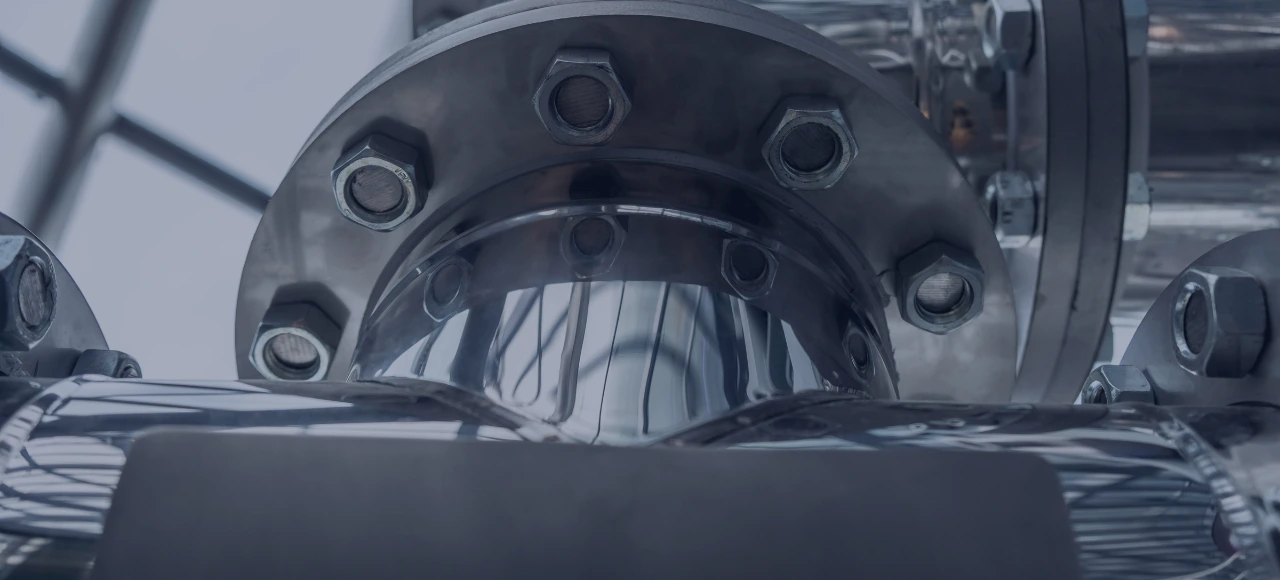When it comes to designing and manufacturing machinery or equipment, selecting the appropriate components is crucial. Two common options for supporting rotating or sliding shafts are bearings and bushings. While they serve similar purposes, understanding the differences between these two components is essential for making informed decisions. In this blog post, we will explore the bearings Vs bushings, discuss their unique features, and help you determine the right choice for your manufacturing needs.
Bearings
- Bearings are mechanical devices that facilitate smooth rotational or linear motion between two moving parts. They consist of an inner race, outer race, rolling elements (such as balls or rollers), and a cage that keeps the rolling elements separated and evenly distributed. Bearings provide low-friction support, reducing wear and tear while maintaining the integrity of the rotating system. They come in various types, including ball bearings, roller bearings, and needle bearings, each suited for specific applications.
- Bearings have several advantages that make them widely used in numerous industries. The presence of rolling elements minimizes frictional resistance, allowing for smooth and efficient motion. This characteristic is particularly beneficial in high-speed and high-load applications, where reduced friction can significantly improve the performance and longevity of the machinery. Additionally, bearings offer improved rotational stability and are highly durable, with excellent resistance to wear and tear.
Bushings
- Bushings, also known as plain bearings or sleeve bearings, are cylindrical components used to reduce friction between two moving surfaces. Unlike bearings, bushings do not contain rolling elements. Instead, they rely on a sliding action between the inner and outer surfaces. Bushings are typically made of bronze, steel, or other self-lubricating materials. They offer good load-bearing capabilities and are often used in applications where simplicity and cost-effectiveness are paramount.
- Bushings are advantageous in scenarios where lower speeds and lighter loads are involved. Their sliding motion enables effective load distribution, ensuring smooth operation and reducing the risk of excessive wear. Bushings also provide simplicity and cost-effectiveness, making them an attractive option for applications with budget constraints. In addition, self-lubricating bushings are available, which further reduce friction and maintenance requirements.
Difference between Bearings and Bushings
There are several key differences between bearings and bushings that impact their suitability for different manufacturing needs.
| Bearings | Bushings |
| Bearings consist of inner and outer rings with rolling elements between them | Bushings are typically cylindrical or flanged sleeves that directly contact the shaft. |
| Bearings generally have higher load capacities and are better suited for high-speed applications | Bushings are more suitable for moderate loads and lower speeds. |
| Bearings often require external lubrication to reduce friction | Bushings can be self-lubricating or require less frequent lubrication. |
| Bearings usually have a higher initial cost compared to bushings | Bushings are typically less expensive compared to bearings. |
Bearings Vs. Bushings: Choosing the Right Option
To determine whether a bearing or a bushing is the right choice for your manufacturing needs, consider the following factors:
- Speed and Load Requirements: Assess the speed and load demands of your application. Bearings are more suitable for high-speed and high-load scenarios, while bushings are better suited for lower-speed and lower-load situations.
- Environmental Conditions: Consider the environmental factors that the component will be exposed to. This includes temperature variations, the presence of contaminants, and the need for corrosion resistance. Bearings often offer better protection against harsh environments due to their enclosed design.
- Cost Considerations: Evaluate the costs associated with bearings and bushings, including initial purchase, installation, and long-term maintenance. Bushings tend to be more cost-effective, especially for simpler applications with lower speeds and lighter loads.
- Maintenance Requirements: Consider the maintenance requirements of the chosen component. Bearings generally require periodic lubrication and maintenance to ensure optimal performance and longevity. Self-lubricating bushings, on the other hand, offer reduced maintenance needs.
- Lifespan: Determine the expected lifespan of the machinery or equipment. Bearings, with their rolling elements and improved durability, tend to have a longer lifespan compared to bushings.
By carefully evaluating these factors, you can make an informed decision that maximizes the efficiency, reliability, and longevity of your machinery or equipment.


Manufacturing Standpoint Considerations
From a manufacturing standpoint, there are additional factors to consider when choosing between bearings and bushings:
- Machining and Assembly: Bearings often require more intricate machining and assembly processes due to the presence of rolling elements and complex designs. This can increase production costs and require specialized equipment. On the other hand, bushings are generally simpler in design and easier to machine and assemble, resulting in more straightforward manufacturing processes.
- Customization and Versatility: Bearings offer a wide range of options and configurations to meet specific application requirements. This includes variations in size, materials, and designs. The ability to customize bearings can be advantageous when dealing with unique or specialized applications. Bushings, while less customizable, still provide versatility in terms of materials and self-lubricating options.
- Replacement and Maintenance: In manufacturing, downtime is a crucial consideration. When it comes to replacement and maintenance, bearings can be more convenient. They are often designed for easy replacement, allowing for quick turnaround times. Bushings, on the other hand, may require more involved replacement processes, as they are typically press-fit or integrated into the equipment. This can result in longer production interruptions during maintenance or replacement.
- Noise and Vibration: Bearings, especially those with rolling elements, tend to produce less noise and vibration compared to bushings. This can be a critical factor in applications where noise reduction or smooth operation is important, such as precision equipment or sensitive machinery. Bushings, while offering simplicity and cost-effectiveness, may generate more noise and vibration due to their sliding action.
- Industry Standards and Specifications: Different industries may have specific standards and specifications for components. It is essential to consider whether bearings or bushings align with the industry requirements of your particular manufacturing application. This ensures compliance and compatibility with other system components.
Bushings and Bearings: Common Applications
- Bearings and bushings find their utility in various applications across different industries. Bearings are commonly used in automotive engines, industrial machinery, electric motors, precision instruments, and aerospace equipment. Their ability to handle high speeds and heavy loads makes them ideal for these demanding applications.
- Bushings, on the other hand, are often employed in applications such as hinges, pivots, sliding doors, agricultural machinery, and construction equipment. Their simplicity, cost-effectiveness, and good load-bearing capabilities make them suitable for these types of scenarios.
Summarizing
By understanding the differences between bearings and bushings and considering the specific requirements of your manufacturing needs, you can make an informed decision. Whether you opt for the rolling action of bearings or the sliding motion of bushings, selecting the right option will contribute to the efficiency, durability, and overall performance of your machinery or equipment.
FAQs
Bearings are better suited for high-speed and high-load scenarios due to their rolling action and reduced friction.
In general, bushings are more cost-effective compared to bearings, especially for simpler applications with lower speeds and lighter loads.
Bushings are generally simpler to machine and assemble compared to bearings due to their less complex design and absence of rolling elements.
Both bearings and bushings require regular inspection to check for wear, proper lubrication, and alignment. Bearings may require periodic re-lubrication or replacement of worn-out rolling elements, while bushings may need occasional lubrication or replacement if excessive wear occurs.
Bearings are extensively used in applications such as automotive engines, industrial machinery, and power generation. Bushings find application in automotive suspensions, pumps, power tools, and heavy-duty equipment. However, the choice between bearings and bushings depends on the specific requirements of the application.




